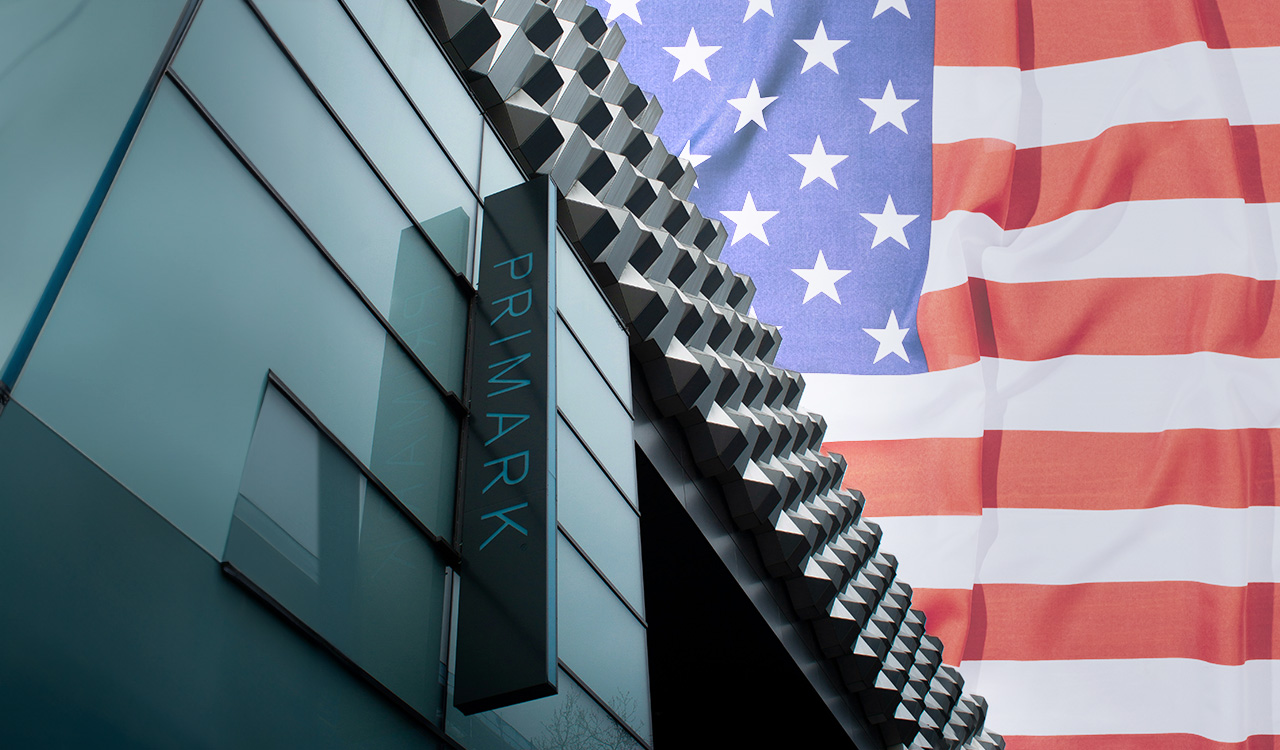Shoplifting, shrink, or shrinkage in retail is not new, however, the insurgence of organized crime is. Fueled by the large-scale, untraceable “fencing” of stolen goods over the internet, combined with a new level of unprecedented criminal brazenness, the safety of both shoppers and retail employees is being undermined. It is also causing a catastrophic hit to the bottom line of retailers, both large and small.
Target for one has been very public about the fact that incidents of organized retail crime are likely to cost them $500 million more in 2023 than in 2022. Projections are as high as $700 to $800 million, implying a staggering $1.2 billion worth of goods lost at retail.
Taking Aim at Organized Retail Crime (ORC)
After a considerable congressional lobbying effort on the part of retail trade organizations and retailers, the INFORM Act legislation (aka Integrity, Notification, and Fairness in Online Retail Marketplaces), was enacted on Tuesday, June 27. The bipartisan bill was passed in December as part of an omnibus spending bill, more than a year after it was first introduced.
The new law aims to curb organized retail theft and the sale of counterfeit and harmful products on online marketplaces, such as Amazon and eBay. The law requires that marketplaces must verify and share information on third-party sellers that handle high-volume transactions on their platforms in an effort to deter bad actors from selling stolen or harmful goods.
Increased Transparency
Many experts agree that the growth of organized retail theft is a direct result of the precipitous rise of online shopping, which boomed during the pandemic. Criminals have been able to operate with “complete anonymity using fake screen names and fake addresses,” according to, Lisa LaBruno, senior executive vice president of retail operations at the Retail Industry Leaders Association (RILA). “While this law is not a miracle cure for organized retail crime, it’s a significant dose of help that finally holds marketplaces accountable when their platforms are used to sell stolen products,” said LaBruno.
The Inform Act will now empower the FTC and state attorneys general to hold marketplace platforms accountable. Additionally, “consumers will also have their own reporting mechanism to flag suspicious activity,” said LaBruno. Marketplaces and other third-party sellers that fail to comply could face more than a $50,000 fine per incident, which should get their attention.
Getting Under the Hood
The Federal Trade Commission defines a high-volume seller as an entity that had 200+ transactions and $5,000+ in gross revenue in any continuous 12-month period during the past 24 months.
Under the new rules, digital marketplaces must now collect contact information, a tax ID number, and bank account information for these sellers. The marketplaces must collect the information within 10 days of a vendor reaching high-volume status and verify it within 10 days of receiving it. I personally fear that this 20-day window may hamstring enforcement and still leaves a “window of opportunity” for bad actors.
Local Enforcements and Community Crackdowns
While this new law should help the fencing and selling side of the shoplifting equation, individual state and local law enforcement are also organizing and cooperating to fight organized retail theft, closer to home.
On June 20, California Attorney General Rob Bonta announced a new partnership between the Justice Department and more than a dozen retailers and online marketplaces. The focus of their actions is to ramp up the detention and prosecution of large-scale theft by groups and individuals.
Retailers including Target, Albertsons, and Home Depot as well as marketplaces Amazon, Etsy, and eBay have endorsed the move. The agreement asks retailers to file police reports and maintain theft records. This will still work in tandem with the Justice Department’s newly established online portal where citizens can submit complaints and tips about such crimes they witness.
NRF Focuses on Shoplifting
The National Retail Federation took the lead on ORC by convening NRF Protect in early June. They brought together more than 2,000 security experts and 250 retail companies for a three-day event at the Gaylord Resort in Grapevine TX. Sessions focused on wide-ranging issues related to organized retail crime and the growing threat that it has presented to customers, employees, store operations, and the bottom line. Among the conscientious areas discussed were:
- The importance of communicating ORC threats to political leaders to raise awareness across local and state governments, leading to the adoption of sufficient criminal penalties.
- The need for cross-industry information and data sharing. Additionally, ratification that the issue will not be considered an industry “competitive advantage.”
- Rethinking the separation of physical and cyber-security. Retail teams across categories should be working in tandem to build a more secure and resilient retail ecosystem.
AI for Loss Prevention
With the recent tsunami of news and industry attention around generative AI, ChatGPT, and the impact that AI will continue to have across the retail ecosystem, I reached out to an industry expert about AI’s potential impact on retail security.
Francois Chaubard is the CEO of Focal Systems and a Former Forbes Councils Member. Focal Systems is a deep-learning computer vision company focused on automating brick-and-mortar retail. I was interviewing Chaubard recently about their company’s ability to digitize an entire store via the placement of small, inexpensive “thumb-size” cameras.
Focal Systems claims to provide “the right” data; actionable, real-time shelf data that can literally “drive your store.” Chaubard claims it’s analogous to how AI has been employed in self-driving vehicles. It enables the retailer to automate ordering, reordering, task management, and e-commerce platform management, giving retailers actual, accurate, real-time inventory, in-store, backroom, and online.
Hundreds of their shelf-mounted cameras work in tandem with AI to digitize retail inventory to detect out of stocks, inventory lows, and spoiled items. It also integrates with e-commerce to give the retailer a more holistic look at inventory.
Shelf Scraping
As the conversation turned to shrinkage and organized retail crime, Chaubard shared a unique feature of how their hourly shelf audits have facilitated quick action against “shelf-scrapes,” an industry term for massive sudden outages associated with shoplifting.
I will admit this was a new term for me, but it clearly illustrates the bold and unabashed behavior of teams of thieves behind organized retail crime that has plagued retailers since the pandemic.
Besides having Focal Systems installed throughout Walmart’s Canadian division, Chaubard gave me a prime example of how the 53-store Fairway Markets chain has taken aim at organized retail crime with this major East Coast retailer.
Fairway employs Focal Systems AI and OS across their chain, (400 cameras cover a 30,000-square-foot store). While the system reports inventory updates hourly, it is also programmed to broadcasts “shelf scrape alerts.” This has enabled quick response leading to immediate law enforcement outreach. Additionally, prompt alerts to other, nearby Fairway Markets have led to the detaining of perpetrators, even before they set foot in a neighboring store.
ORC Pivots
In some ways, I believe that just as the pandemic caused retailers to learn-on-the-fly to meet those dramatic challenges, similar industry-wide ORC crisis management will yield new solutions to an age-old problem gone rogue. It is also clear that the solutions to this complex “retail trauma of our times” will require more cross-industry coordination and cross-retailer collaboration than has historically been the case.
Some potentially positive karmic outcomes may result from a more allied approach among competitors. This may include better data sharing to identify bad-actor cells more quickly, as well as uncovering new vulnerabilities requiring industry-wide attention.




